But first things first. We had to get rid of the pram.
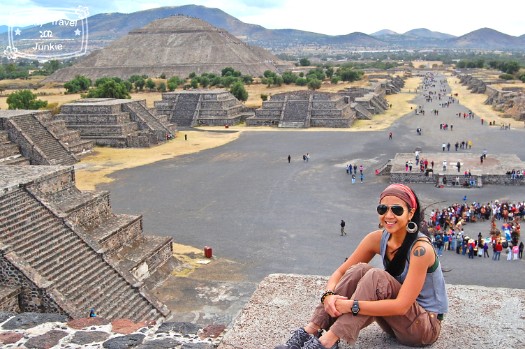
The UNESCO World Heritage site of Teotihuacán is one heckuva vast expanse. We came prepped, donning our trusty trek shoes and lugging the daughter's pram. Our minds were conditioned for the arduous climb. Unfortunately, not our torpid limbs. Past the Ciudadela, which by the way is just across the main entrance, I was already panting. You see, after finding a hotel in Mexico City which hubby and I absolutely loved, we spent days slacking in our room. We turned into a couple of sloths.

Pirámide del Sol, third largest pyramid in the world.
And so we found it difficult to part with our pram. But it was cumbersome dragging it over a gravel surface. Under a tree on one of the platform ruins, we parked it, and traipsed along Calzada de los Muertos or Avenue of The Dead with much more ease. I glanced back using eyes that seemingly foresaw its fate. It was a look of goodbye.
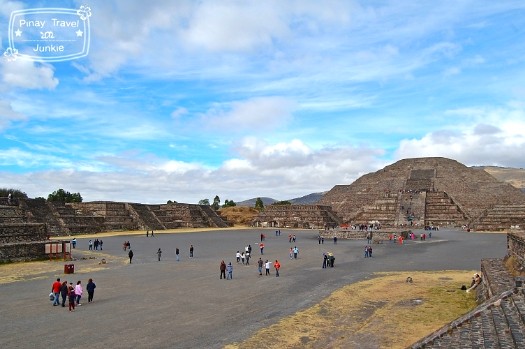
Even with hundreds of other tourists on site the same time as we were, the atmosphere didn't feel crowded at all. That's how enormous (like, 21 square kilometer enormous) this complex is. The pre-hispanic/pre-Columbian city of Teotihuacán's the former home of more than a hundred thousand people. I imagined foot traffic circling the once vibrantly painted pyramids during the height of its civilization and had goosies just visualizing its old grandeur in my head.
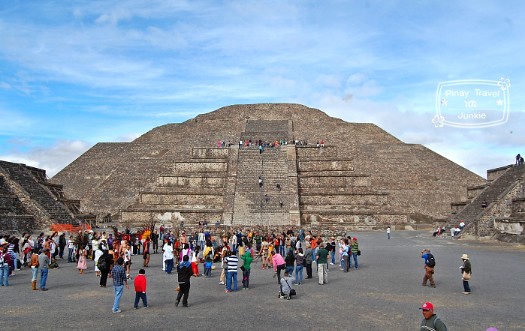
Crowd gathers for an afternoon performance in front of Pirámide de la Luna.
There was no debate about it, the hubby and I both chose to summit Pirámide de la Luna for the sole reason of it bearing our daughter's name. As we approached the pyramid, a group of costumed locals at the northern end of Calzada de los Muertos caught the attention of late arvo visitors wandering nearby. They were soon surrounded in a circle. We seized the opportunity to climb the pyramid while everyone else went down.
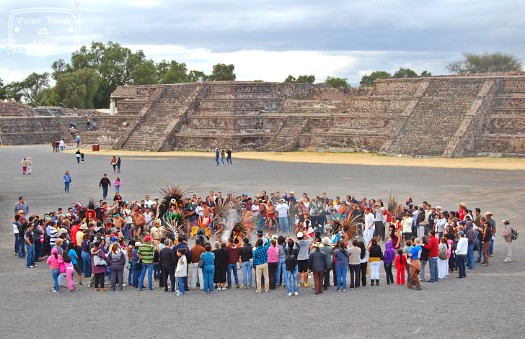
Did not disperse even when gray clouds momentarily hovered the site.
Atop the pyramid we were awestruck all the more by the site's layout, designed under astronomical influences. The civilization's beginning is shrouded in mystery. Its pyramids' architects and engineers still not identified but some scholars theorized that the Totonacs are the first settlers. Whoever the leaders were, they did a stellar job of keeping the city afloat for years. The city is thought to have lasted from 100 BC to the 7th century before it was abandoned for unclear reasons.

The nippy December breeze that swept the pyramid's peak made us descend earlier than planned, though just in time for the reenactment of ancient marriage rites at the foot of the pyramid. There were heaps of dancing. The males were oozing with machismo (okay, the actual term in my mind is sex appeal) moving to the drumbeats and chants. This dance shot its way to my chart of fave dances around the world. It placed second, next to the Māori Haka. I only wish I know what the dance is called.
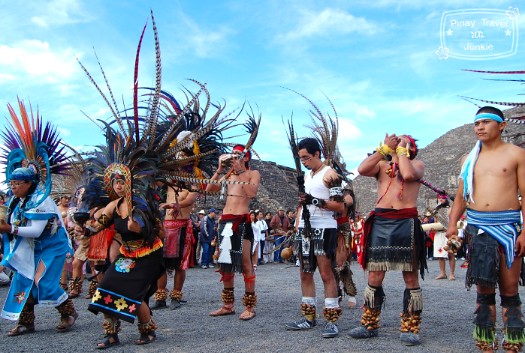
We started walking back to the main entrance before six, afraid to miss the last bus to Mexico City. On a platform ruin outside the Ciudadela, our pram was nowhere to be found. On day 179 of our round-the-world trip, where gods where born (the name Teotihuacán's meaning), we lost our pram.
Surprisingly, we found ourselves rejoicing. That's one less luggage and we simply felt lighter. It made our transport facile for sure.
Surprisingly, we found ourselves rejoicing. That's one less luggage and we simply felt lighter. It made our transport facile for sure.
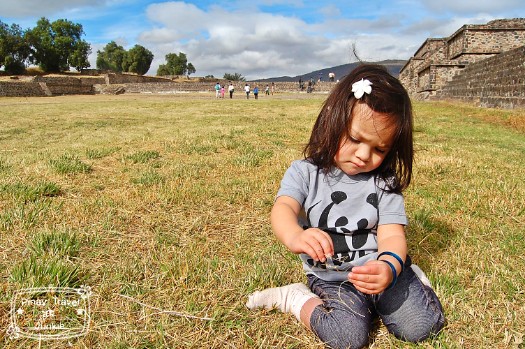
All that trudging and climbing left us bushed, but the grandiose ancient city of Teotihuacán was certainly worth the unplanned exercise.
Round-The-World Trip 2011-2012, Ola Mexico:
Morisco Kiosk And Museo Del Instituto De Geologia De La UNAM
Photo Essay: National Museum of Anthropology, Mexico City
Metropolitan Cathedral Of The Assumption of Mary, Ciudad De Mexico
Jade Guesthouse, Mexico City
Prospero Ano Nuevo
Feliz Navidad
Ola Mexico
This page was viewed times.

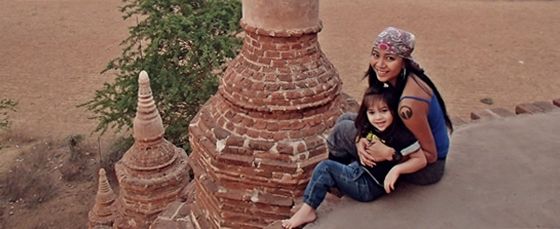
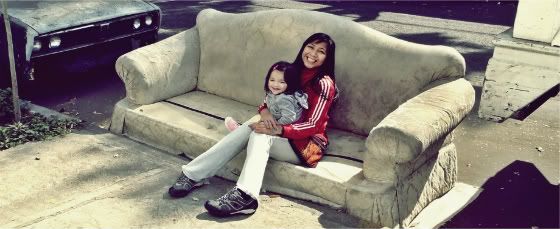
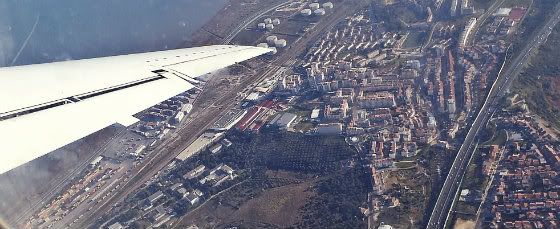

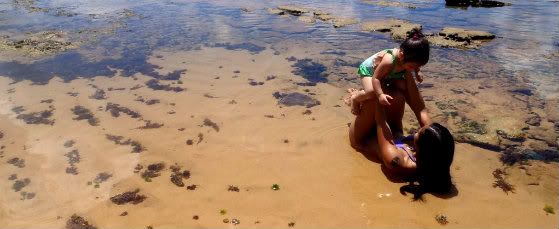
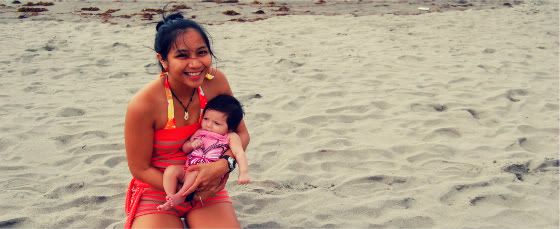
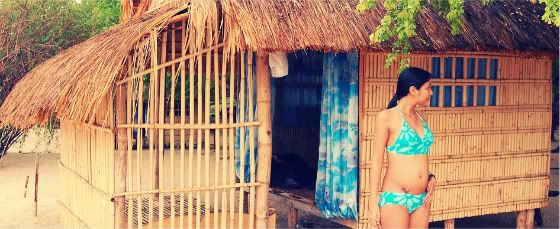

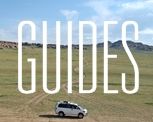









20 comments:
December 16, 2012 at 6:48 PM
Lovely post ate Gay! I've always been checking out your blog for some latest post, you never disappoint me! Your articles are always well written and I always enjoyed reading them. You inspired me so much I would be backpacking for three months beginning next week! :D
December 16, 2012 at 9:18 PM
Evan Kristine, thanks for following our adventures. Much appreciated! Will definitely follow your three-month backpacking trip :)
December 16, 2012 at 10:19 PM
I love your travels =)
December 16, 2012 at 10:40 PM
wow na wow..how i wish i could visit this place huh!
December 16, 2012 at 11:28 PM
Jun, thanks for dropping by!
December 16, 2012 at 11:30 PM
Anciro, crossing my fingers for yah.
December 17, 2012 at 10:10 AM
i like the way you write. keep it up..
goodluck sa round the world trip.
December 17, 2012 at 10:50 AM
colossal pyramids indeed! I just hope the Mayans are wrong about the end of the world!hehe
December 17, 2012 at 6:42 PM
Thanks, Ken!
December 18, 2012 at 8:45 AM
the ruins are really interesting. this is the first one i've seen that is really well developed, for lack of better words, seeing that the place is "cemented".
December 18, 2012 at 9:05 AM
They got a sophisticated technology. Sooo impressive!
December 18, 2012 at 6:07 PM
I didn't even know about this place until somebody mentioned Teotihuacan while I was traveling by bus in Mexico in the early '70.
December 18, 2012 at 10:18 PM
And did you go? I wonder if it's already touristy then.
December 21, 2012 at 9:54 AM
okay..here we go again..jealousy hahahaha! I been curious with Mexico tradition and culture since bata pa ako coz my father love watching mexico movies:) haist! Inggit much ako:)
December 21, 2012 at 2:50 PM
This will definitely remain in my bucket list... I can't believe you'd feel bushed though. You look so toned and fit! And without a pram, wouldn't you feel tired carrying Luna around? She looks adorable, as always!
December 21, 2012 at 3:02 PM
Became unfit/lazy after staying mostly indoors for days/weeks :(
December 21, 2012 at 8:07 PM
Got to know about "arvo" only after being in the company of Aussies recently :)
Indeed, expansive site is something worth burning calories for!
April 27, 2013 at 1:51 PM
wow! Never thought there's such a place as beautiful as this on earth.
May 4, 2013 at 12:33 AM
Found your blog sort of randomly, I just wanted to say 1. I really enjoy your writing style and 2. This post makes me so heartsick for Teotihuacan. One of my favorite places I've been so far!
May 4, 2013 at 11:15 AM
Thanks Megan! It's one of my fave places too!
Post a Comment